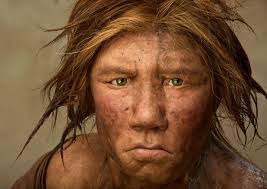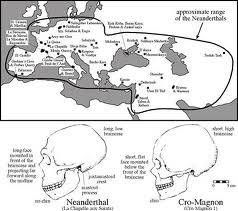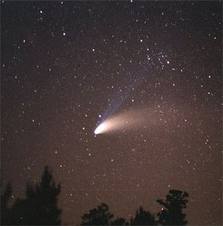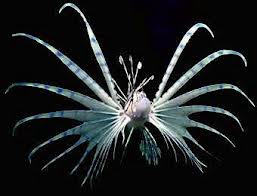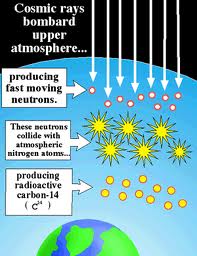Dear hijas,
Are Neanderthals support for evolution? For many years they were proclaimed as such. The truth of the matter however, bears some interesting details. The bones of what would be labeled ‘Neanderthal’ were first discovered in 1856 from the quarrying of limestone in a valley about 10 miles east of Düsseldorf, Germany.
The valley was named after Joachem Neander, an evangelical (Lutheran) theologian and school rector who lived in the late 1600’s. He loved to take walks in this valley, and as he strolled along he would compose hymns and sing them in praise to God. He was there so often, the valley became known as the Neanderthal–the Neander Valley (tal or thal in Old German means “valley”, the h being silent).
It was a couple hundred years later that the valley was owned by a Herr von Beckersdorf, and as owner of the valley his workmen quarrying the limestone found a cave. The cave was known as Feldhofer Grotto, and it was there that a skullcap, some ribs, part of the pelvis, and some limb bones were discovered. These bones were taken and analyzed by several different individuals in the ensuing years , and it was William King, professor of anatomy at Queen’s College, Galway, Ireland, who reading an evolutionary history into the bones, gave them their first scientific name, Homo neanderthalensis. This is significant, because King believed the bones represented a person so primitive that he didn’t even belong to the same species as modern humans.
More fossils were found in later years in different places, and today, because of the richness of the Neanderthal fossil record we have a general idea of what they looked like. In fact, there is a distinct Neanderthal morphology: large cranial capacity; skull shape low, broad, and elongated; rear of the skull pointed with a bun; large heavy browridges; low forehead, etc. They do differ somewhat from a typical modern human, but they also overlap. What we come to find out is that they should have never been placed in a separate taxonomic status. They are completely human, descended from Adam and Eve as our first parents, just like we are. The same can be said about Cro-Magnon man.
Neanderthals were ‘otherized’, but they shouldn’t have been. They buried their dead with distinct mortuary practice, butchered and quartered their prey animals in the hunt for food, used stone and bone tools (purposeful chipping at stone like a sculptor would), created rock art and musical instruments from bone, and have a record of tender care for debilitated individuals. In life and death they were so very human.
What must be remembered, mis hijas, is that ever since Darwin, evolutionists have sought to discover the path by which humans arose from their alleged primate ancestors. Coupled with this is the attempt at an explanation of the path that our own species, Homo sapiens, arose. Neanderthals were supposed to be on that path. Today, there are a couple of views in evolutionary circles about the Neanderthals. Evolutionists have changed their story and now mostly believe that they were an isolated side branch of the family tree.
But what about the “dating”, you might ask? “Neanderthals are supposed to be several hundred thousand years old, becoming extinct some 30,000-35,000 years ago”, you might say. “What about that, nuestros padre?”
Ah, yes, the “dating” game. Stay tuned mis hijas.
Vaya con Dios mis hijas,
Dear ol’ Dad
